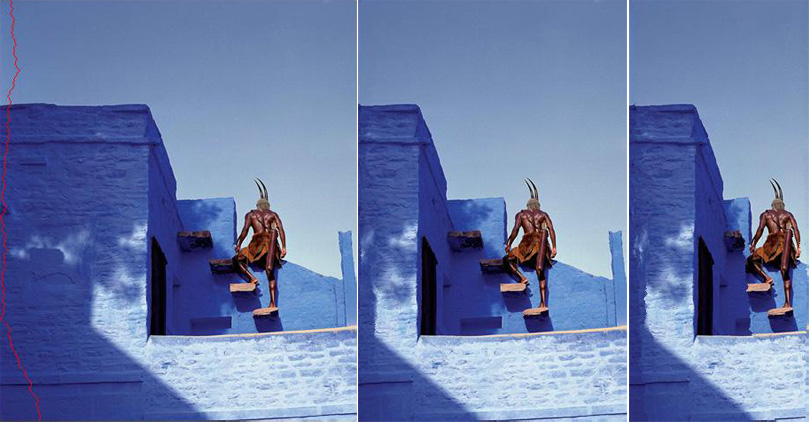Here's some of my in-progress paintings from my midsemester crit. I am sick of this triad so I'll probably have to put them aside for a while, and bird brain here and I just got reacquainted. I tried laying down some strong diagonals with masking tape to force myself to interact with them, and develop a stronger background earlier in the process with this one (like in some of the process sketches I had done before this).
Ugggh this was one of the biggest crit fails I've had in a while. I had probably had about 2 hours sleep in the past 3 days before it and I couldn't find two semi-coherent thoughts to rub together to haphazardly arm myself with. The problem with art crits is that once one person suggests an idea, especially a negative one, everyone tends to pile on top of it until you move them along, using a similar approach to how you would herd cats. Poor purple triad girl was compared to a my little pony/childhood super girly bedroom and it all went downhill from there.
As I continued to work on it, well, I lost my enamor with this idea. There's nothing more I hate than a weak women in stories, why would I want to create some? As the sketch was translated to canvas, the figures became bolder, confident, and more confrontational. Each stood on her own, rather than relying on the others. Hahah for the longest time, they were all missing an eye as i flitted around the canvas, and I kept thinking of them as the Moraie or Fates. By the time I had filled in the background, I was reluctant to voice my personal nickname for them during the crit (hahah usually my random mythology references are appreciated even less than, saying I was just trying to paint something beautiful), and I couldn't think of anything this particular painting was about when asked. Hahah definitely my worst "a durrrr, I like pretty dresses" moment in a LONG LONG TIME.
I need more sleep, and more Neil Gaimen. Also got through the first four books of Paradise Lost while creating this. I never knew how amazing it was! I especially loved the scene where Satan rallies his army of demons, and Milton rambles off how badass and blood drenched each of the cohort is, which encompasses every mythology there ever was from Horus to King Arthur, Bleach style. Their pride as well. You totally understand. They would rather rot down there than be subservient to their conqueror. Hahah I feel like I kind of went there with this painting.


















